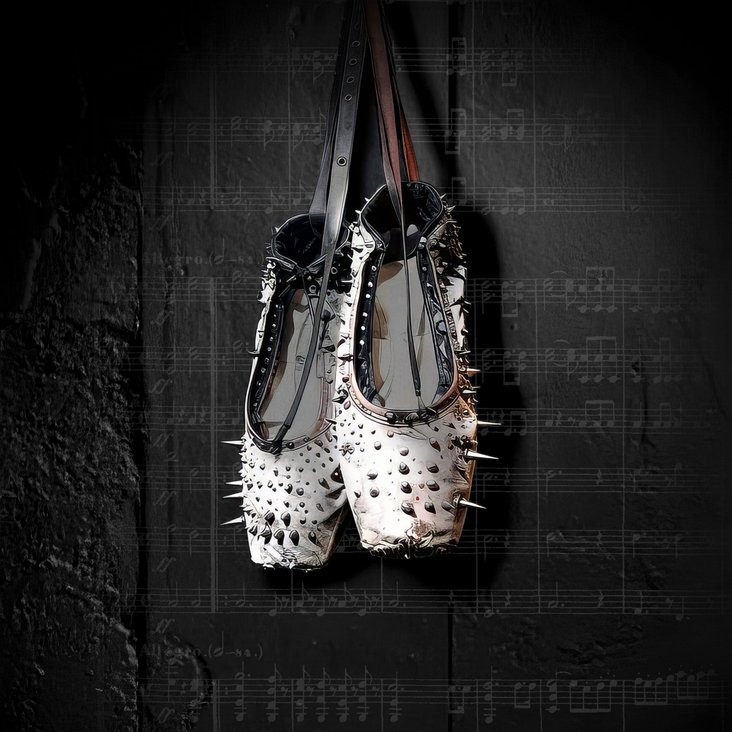Description
Which art form combines classical music and movement? It's a safe guess to say that almost everyone would answer „ballet“ in a quick poll on the street. The mixed programme Radical Classical aims to show just how fascinating the not-so-rare combination of contemporary dance and classical music can be. The means of choice: contemporary „classics“ by famous choreographers. The added media value in the breaks between the dance: specially produced informative short films that illuminate each piece of music from a different angle. Developed by Eric Gauthier and dramaturge Thomas Geiger, the focus here is partly on the instruments, partly on the composers and partly on the performing artists. And although these short documentaries will certainly be of interest to the whole audience, Eric Gauthier had a special target group in mind when planning this programme: Young people who normally have little contact with classical music. All the signs are that Radical Classical will not only inform, but also inspire them. After all, the Gauthier Dance JUNIORS are not just immensely likeable. In this extremely demanding programme, both in terms of performance and technique, they prove just how radical classical music can be.
With her pas de deux from Lascilo Perdere / Duet (A Journey of Letting Go), originally created for her own company AB&A in 2005, Aszure Barton might have just set a record for the longest and most audacious tongue-locked moment in a dance piece. For the entire duration of Antonio Vivaldi’s hypnotic Nisi Dominus – Cum Dederit, the new artist in residence entwines a couple in a physically near-impossible feat. Vivaldi has certainly never been translated to dance in this way before!
The big bang of modern dance: Nijinsky choreographed his iconic L'Après-midi d'un faune for Les Ballets Russes in 1912, set to the impressionist masterpiece by Claude Debussy. Inspired by Nijinski's ground-breaking choreography and historical photographs showing him in his famed role, Marie Chouinard created her own version for a female faun, which has since emerged as a key work in her oeuvre. With the first notes of Prélude à l'après-midi d'un faune, the solo transports us into a mythical, archaic, literally inhuman world. How and what does a fabulous creature dream? The Canadian dance avant-gardist shows us.
Another mythical creature takes centre stage in Marco Goecke's work, which is also closely linked to the history of Les Ballets Russes at the beginning of the 20th century. The long-standing Gauthier Dance artist in residence created this pas de deux to mark the 100th anniversary of Igor Stravinsky's Firebird. In Goecke's typically feverish, hyper-precise dance idiom, with fluttering hand and jerky head movements, the choreographer tells the story of a rapprochement between man and bird.
Britten, Handel, Mozart, Schütz, Purcell, Schubert, Wagner ...: Few choreographers have delved into classical music, and opera in particular, as thoroughly as Andreas Heise. Frühlingsstimmen (Voices of Spring) also looks beneath the surface. On the one hand, there is the exuberant bliss of Johann Strauss II.'s classic waltz, the rapture and beauty of nature awakening. On the other hand, there is doubt and scepticism, a puppet-like scene with dancers moving as if remote-controlled. And the pressing question: Where are the faultlines in a supposedly perfect world?
It is hard to think of a piece of music that has been translated into dance as often, as differently and as creatively as Maurice Ravel's Boléro. Ohad Naharin was also inspired by this iconic piece – on his own terms ... Not only does the title B/olero contain a slash, but the Godfather of Gaga has also opted for a synthesiser arrangement by Japanese composer Isao Tomita.
Orchestra of Wolves by Eric Gauthier is also full of humour. Set to the first movement of Ludwig van Beethoven's Symphony No. 5, this miniature comedy invokes the notorious rivalry between conductor and orchestra. In the professional music scene, this is usually a struggle between two almost equal opponents. There is just one problem: In this piece, the conductor is a bird and only wolves play in the orchestra ...
From the very beginning, Michel Fokine's The Dying Swan from 1905, adapted by Eric Gauthier, has been an integral part of every MOVES FOR FUTURE mobile show. Originally created for prima ballerina Anna Pavlova, the solo to the dreamy music of Camille Saint-Saëns' The Carnival of the Animals became the epitome of classical ballet. With La Morte del Cigno, Italian choreographer Mauro de Candia takes a radically new look at this iconic piece. In his interpretation, the dying swan is not personified by a delicate ballerina in a tutu, but by a male dancer.
Recommended age: 16 and up.
The performance contains depictions of sexual content.

